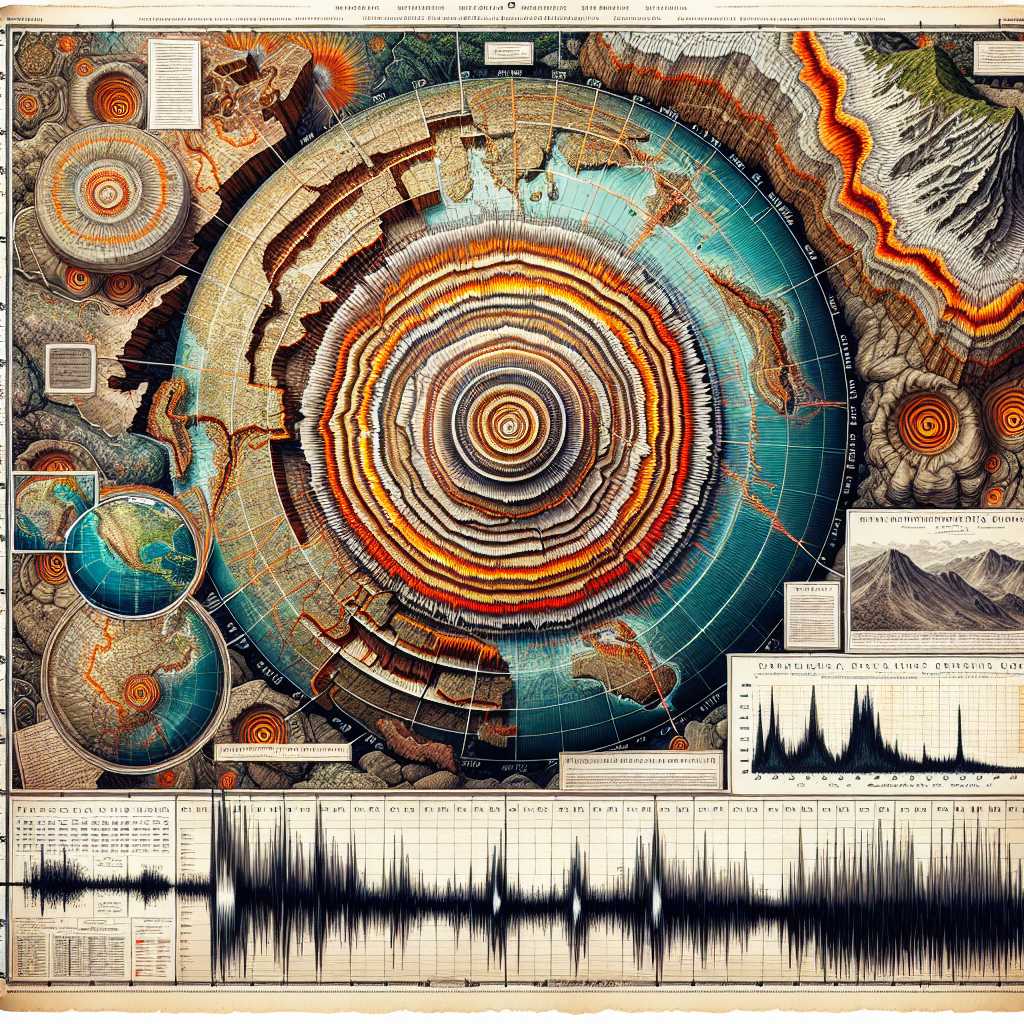## Understanding Earthquakes: A Comprehensive Exploration of Seismic Phenomena
Introduction to Earthquakes
Earthquakes are one of the most powerful and sudden natural events that our planet experiences. They occur when stress within the Earth’s crust builds up and is released in the form of seismic waves, shaking the ground with potential risk to people, buildings, and natural landscapes. While often associated with the Ring of Fire around the pacific plate, earthquakes can happen almost anywhere. This opener frames our extensive examination of where, why, and how earthquakes occur; their measurement; impact on people and the environment; historical examples; and preventative and preparedness efforts.
What Causes Earthquakes?
Earthquakes are typically caused by the movement of tectonic plates at fault lines, though they can also be triggered by volcanic activity, landslides, mine blasts, or nuclear tests. Tectonic earthquakes occur when accumulated energy from moving plates is released. The Earth’s lithosphere is divided into several large and small plates that slowly move over the asthenosphere’s semi-fluid upper layer. The friction and interaction between these plates produce various types of faults—transform, divergent, and convergent—which are common sites of seismic activity.
Seismic Waves and Earthquake Measurement
When an earthquake occurs, it releases energy in the form of seismic waves, which travel through and over the surface of the Earth. There are several kinds of seismic waves, including P-waves (primary waves), S-waves (secondary waves), and surface waves. Each type has distinct properties that are analyzed to understand more about an earthquake’s characteristics.
Measuring the strength and effects of an earthquake is done in two main ways: through the Richter scale, which reports magnitude, and through the Mercalli scale, which assesses intensity based on observed effects. Modern seismometers and accelerographs are instruments key in detecting vibrations within the earth.
The Impact of Earthquakes on Society
The fallout from significant earthquakes can be devastating. Primary effects include damages to infrastructure such as buildings, bridges, roads, electricity lines, and pipelines. Secondary effects may follow like fires due to gas leaks or electrical shorts. Tsunamis triggered by undersea quakes represent another major threat, capable of causing widespread destruction along coastlines a considerable distance from the earthquake source.
Human toll varies significantly depending on an earthquake’s magnitude, depth, and location relative to populated areas. Response from emergency services, availability of resources for recovery, and preparedness levels of a region also dramatically influence outcomes.
Notable Historical Earthquakes
History is laden with numerous catastrophic earthquakes that have left lasting marks on civilizations. The Shaanxi earthquake in 1556 in China is noted as one of the deadliest with an estimated death toll exceeding 830,000 people. More recent events include the Great Chilean Earthquake in 1960, which holds the record as the most potent seismic event ever recorded; The Haiti Earthquake in 2010 demonstrated how underpreparedness exacerbates a tragedy with fatal consequences.
Earthquake Preparedness and Prevention Methods
Although earthquakes cannot be prevented, their impacts can be mitigated through appropriate preparedness actions and structural engineering strategies designed to make buildings more resistant to shaking. Readiness involves both community efforts like planning escape routes and individual preparations such as creating emergency supply kits.
Engineering approaches span from retrofitting older structures to ensure they meet modern standards to designing new buildings with advanced technologies like base isolation systems which allow a building to move independently from its foundation.
